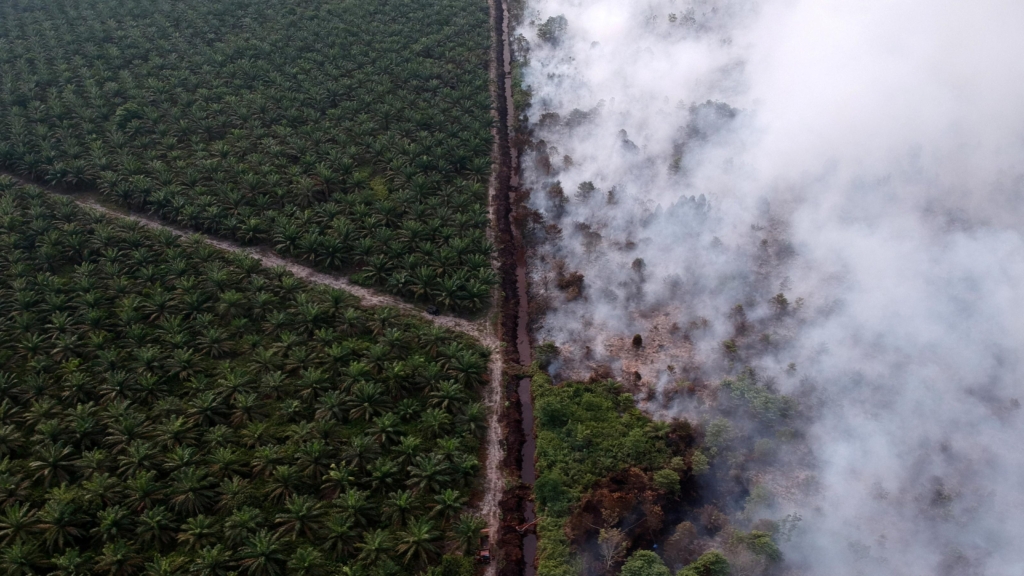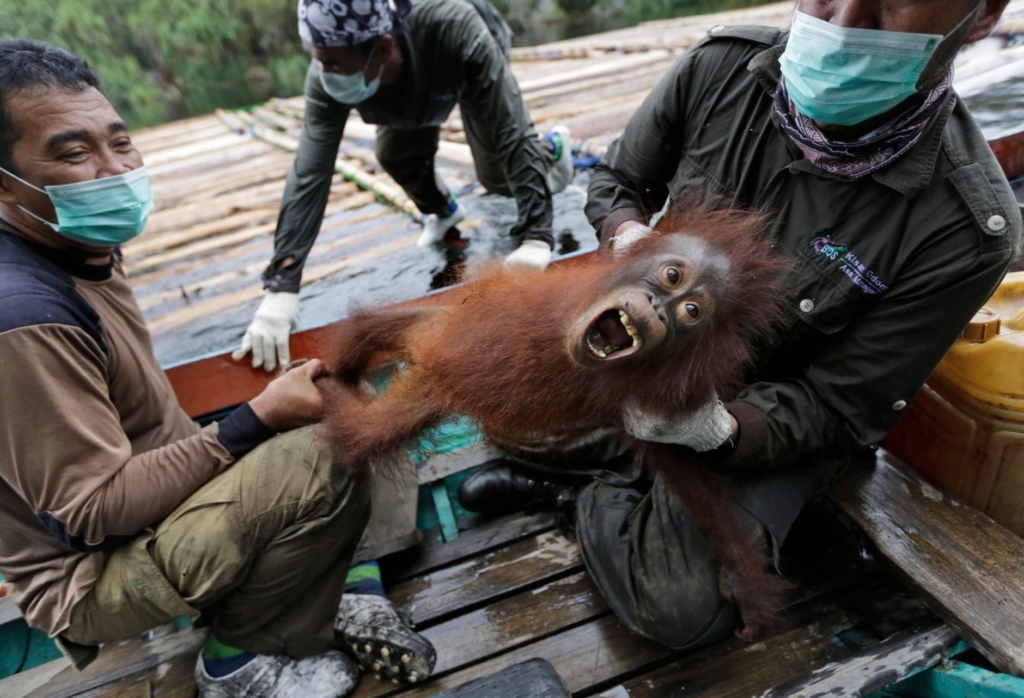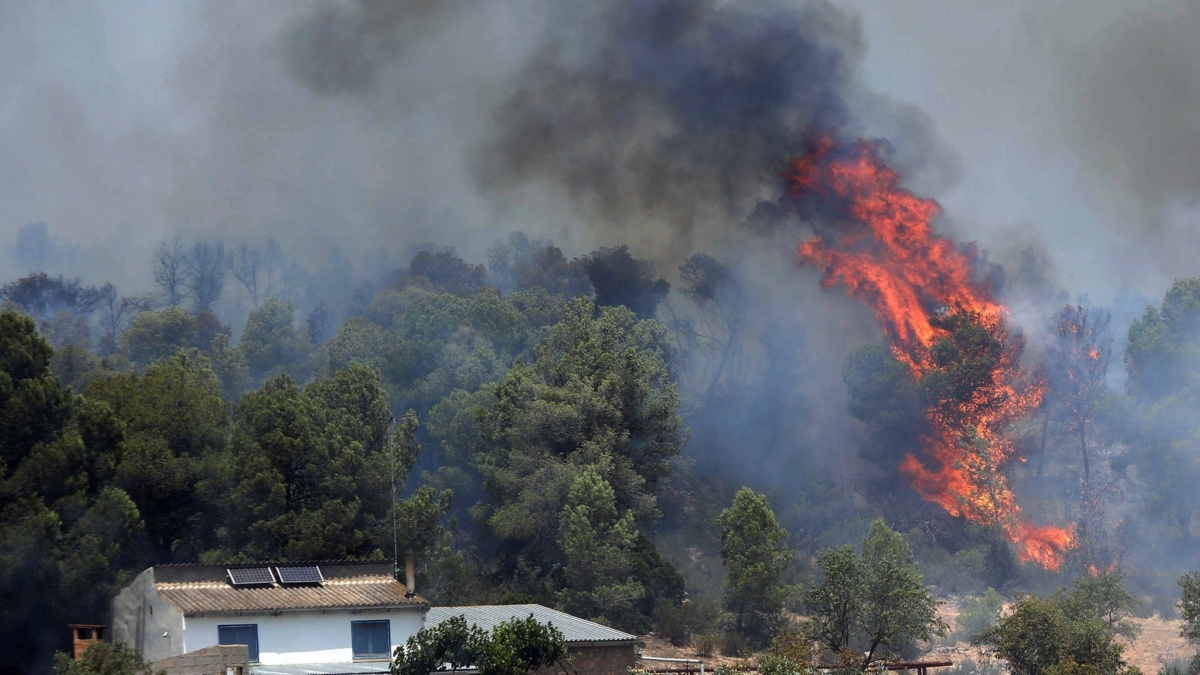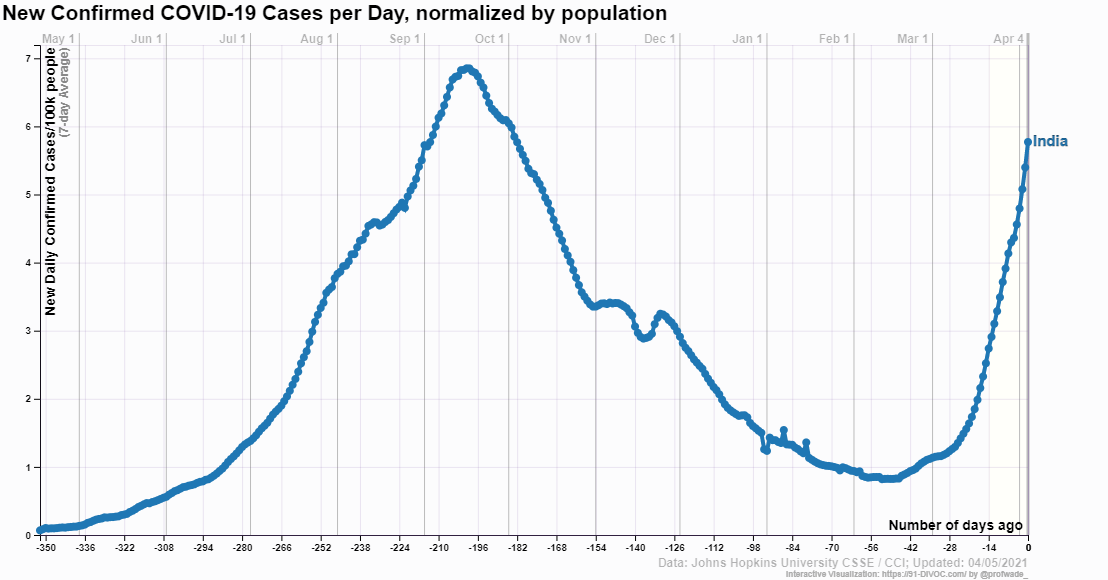Global demand for palm oil drives fires in Indonesia – “Palm oil plantations make a wasteland out of paradise”

By Zoë Schlanger
18 September 2019
(Quartz) – The smoke wafting from fires in the tropical forests of Indonesia—forming plumes big enough to blot out the sky in Malaysia and Singapore—is a reminder of a global supply chain run amok.
Whereas the devastating fires burning in the Amazon rainforest were set largely for cattle ranches that feed the global beef supply, officials say that 80% of the fires in Indonesia are being set to clear land for palm oil plantations. Palm oil is found in a huge number of products lining the shelves of grocery stores: everything from infant formula to chips to shampoo and toothpaste. And much of the global supply comes from Indonesia, the largest palm oil producer in the world. The country supplied 56% of the world’s palm oil last year.
Indonesia’s tropical forests, which are being steadily deforested and burned by palm oil producers, are some of the world’s most important. Indonesian tropical forests are treasure troves of biodiversity, holding 10% of the world’s species of reptiles, birds, mammals, and fish. Much like the Amazon rainforest, they also store vast amounts of carbon in their soils and trees.
When forests are cleared to create palm oil plantations, that stored carbon is released into the atmosphere, contributing to climate change. The oil palms that developers plant in the scorched earth also fail to serve any of the ecosystem functions that the original forest did. The species that lived in the forest—the iconic Bornean and Sumatran orangutans among them—die out, the local climate, stripped of its moisture-holding flora, dries out, and the soils become stripped of nutrients.

Palm oil plantations, in other words, make a wasteland out of paradise.
The forests are burned deliberately by palm oil producers each year, but this year’s burns are especially destructive due to drier conditions that are causing the fires to burn out of control. Between 2001 and 2018, Indonesia lost 16% of its tree cover, or nearly 26 million hectares of forest, according to a database kept by Global Forest Watch. The loss of those forests released the equivalent of about 10.5 gigatons of carbon dioxide emissions.
From 2008 to 2010, palm oil plantations were responsible for almost 60% of all deforestation in the country. Now, that figure is closer to 25%, according to a Duke University study. But that is not because the overall rate of deforestation has decreased. On the contrary, deforestation has increased in Indonesia overall, but now factors like drought are playing a growing role. [more]
The global demand for palm oil is driving the fires in Indonesia


